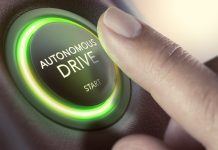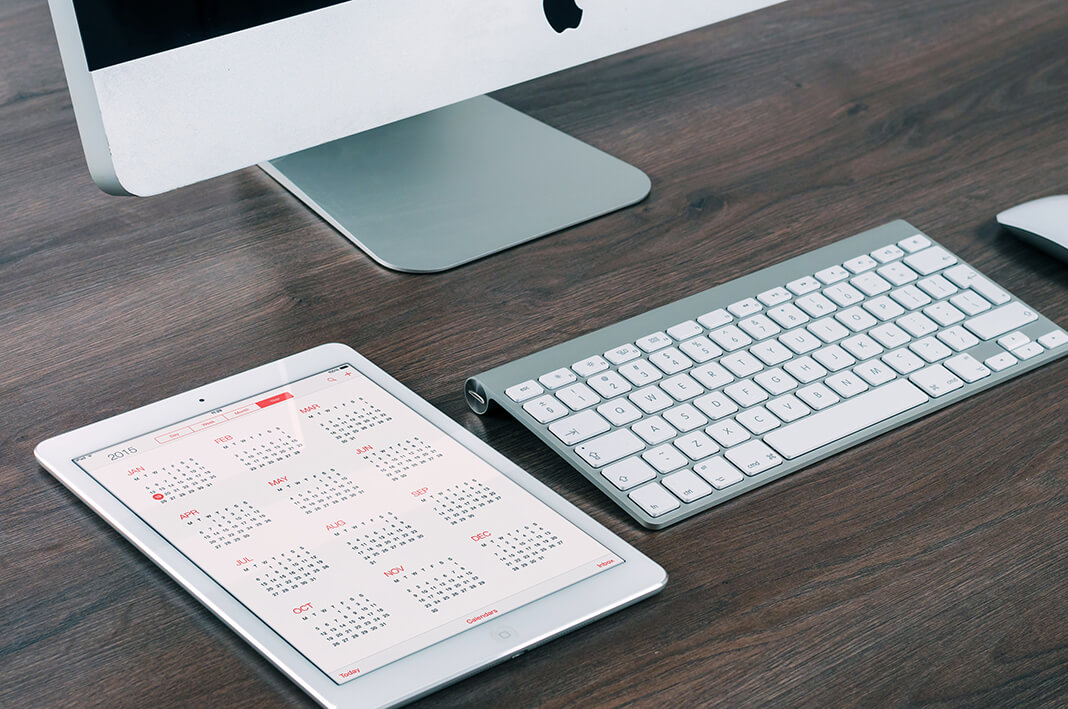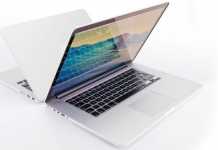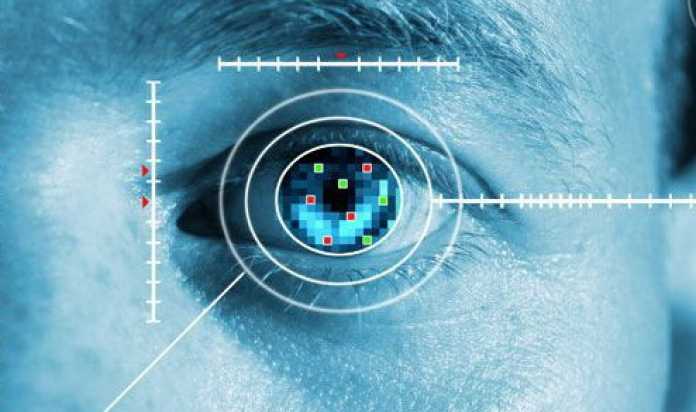Over the past few years, digitization has had a tremendous impact on many industries and businesses. Naturally, the corporate sector has benefitted greatly from this wave of technological advancement and innovation. Automated systems have made many tasks easier and faster, thereby improving productivity and profitability. One such development has been in the use of advanced technology to track the time and attendance of employees.
Many companies now use computerized attendance management systems in order to keep a record of the hours and work schedules of their employees. Biometric tracking systems are the most popular of all of these management systems.
What is Biometrics?
Biometrics essentially uses human anatomy to digitally determine the unique identity of every individual. Some of the common techniques used are fingerprints, iris recognition, and facial recognition. Biometrics is no longer only in the domain of forensics, but is critical even to corporate organizations.
In a biometrics time and attendance system employees identify themselves as they enter or leave their workplace. The automated system then calculates the precise working hours and generates reports. Depending on the employer’s requirement, reports can be raised or flagged depending on the deficit or excess of working hours.
Biometric Smart Cards
The most commonly used method in a biometrics time and attendance system is the biometric smart card. It is an identity card that carries the individual’s information in an encoded form, usually in bar codes. Employees are usually expected to swipe the card in a time and attendance machine at the entrance or exit while entering and leaving the workplace. At times, the card is used as a means to authenticate certain details such as fingerprints or thumbprints.
Things to Consider
While such a system has its benefits, it is important to consider a few important aspects before installing a biometric time management software.
-
Convenience
Take into consideration the convenience of your staff with such a system before installing it. Not all employees may be comfortable or adept with using such a system and improper use can cause more complications than solutions. It is, therefore, important to discuss the matter with your Human Resource manager and Payroll Practitioner.
-
Type of Biometrics
As mentioned earlier, there are different types of biometric software available. In most places simply swiping the smart card is considered to be sufficient. On the other hand, some systems require you to scan the card and also use fingerprints. It is important to pick a system that is relevant to your work environment.
-
Purpose
While in most organizations these systems are simply used to record attendance and monitor the schedule of employees, in some places biometrics are also used as a security measure. If your office contains confidential data, a more complex system is required. A biometric device can be linked with security to ensure that only registered employees who are recorded on the system get clearance. It can therefore be used to extend or restrict access to a facility, while also recording each entry or exit.
-
Processing Time
It is important to consider how long it takes for a time and attendance machine to scan and verify data for each individual. If the process is too time-consuming it is not suitable for a workplace with a large number of employees.
Taking these factors into consideration choose a system that works for your establishment. With the right biometric attendance management system, workflow and time management can be greatly enhanced. For more information on biometric time attendance management systems, click here for more information.
















